How does the male ball valve design enable smooth and effortless on/off operation?
The male ball valve design is a key characteristic...
MORE >>


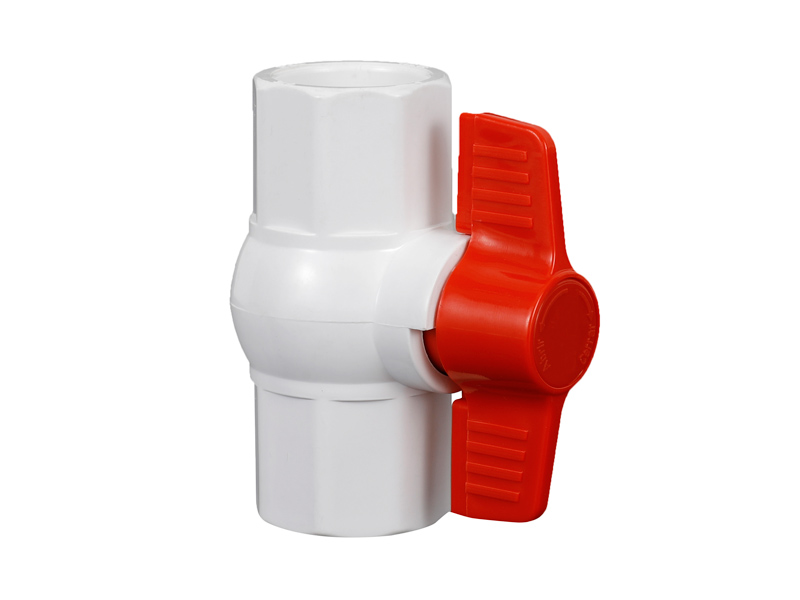
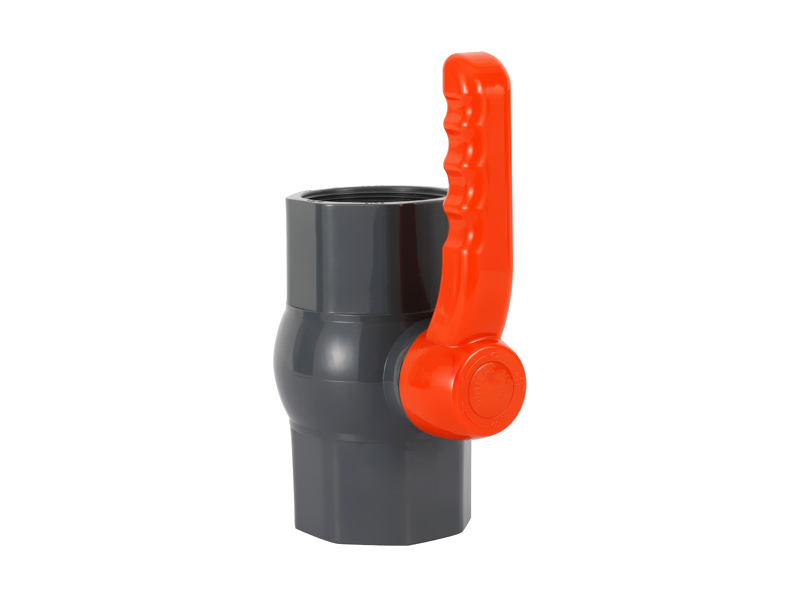
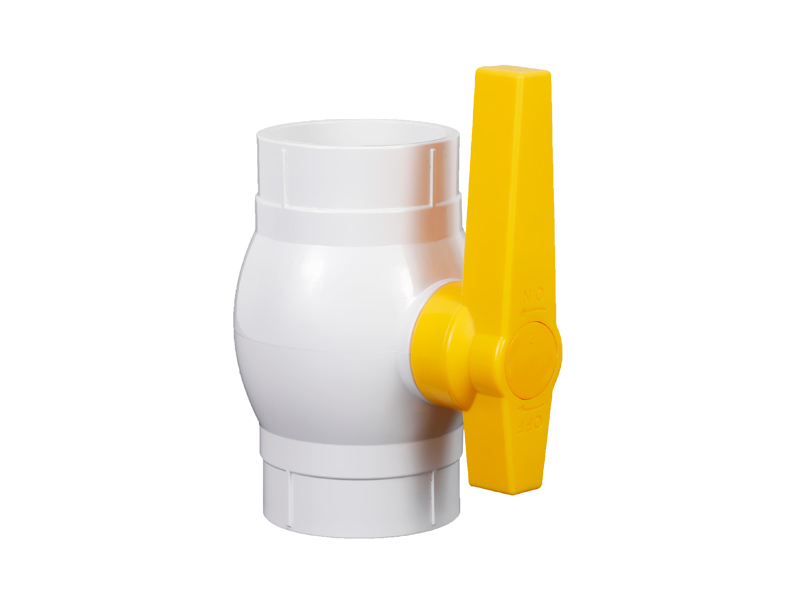
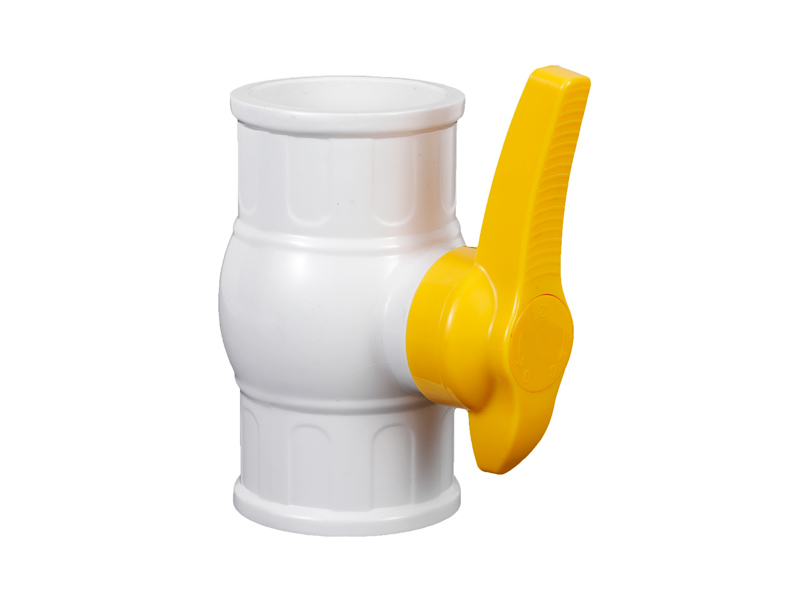
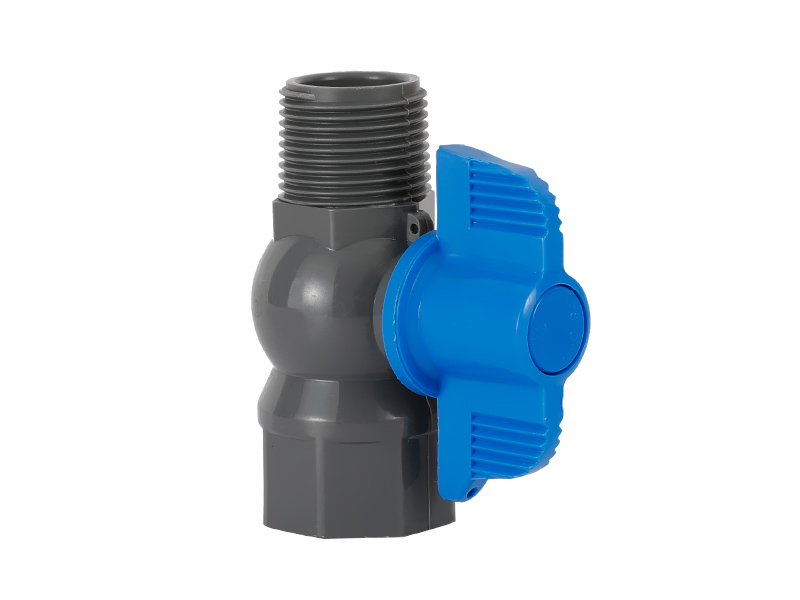
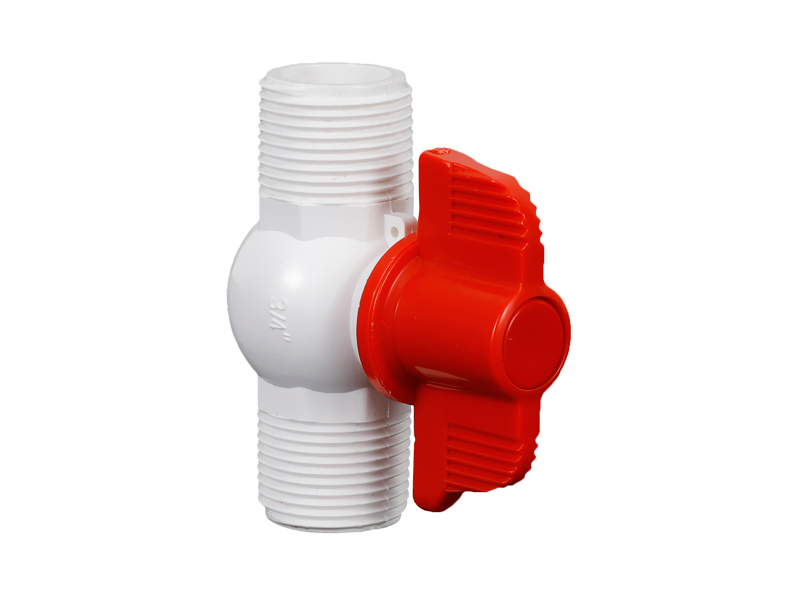
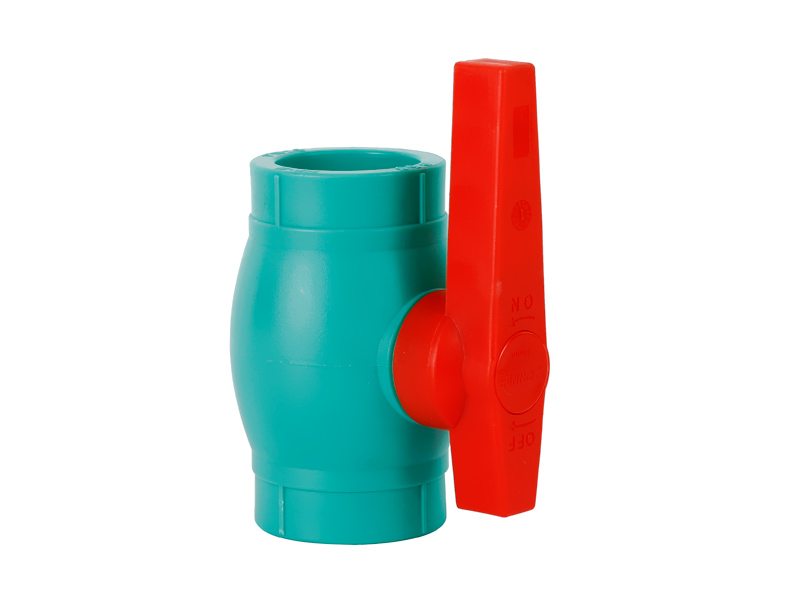
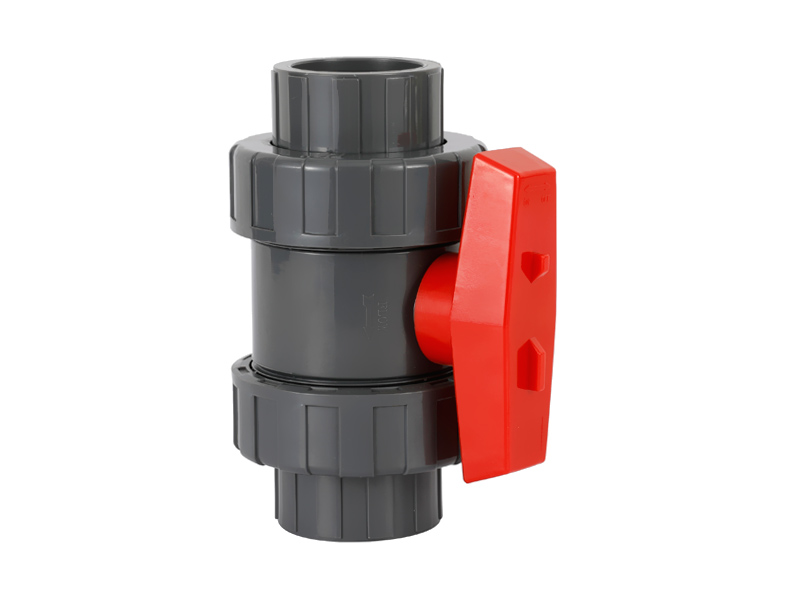



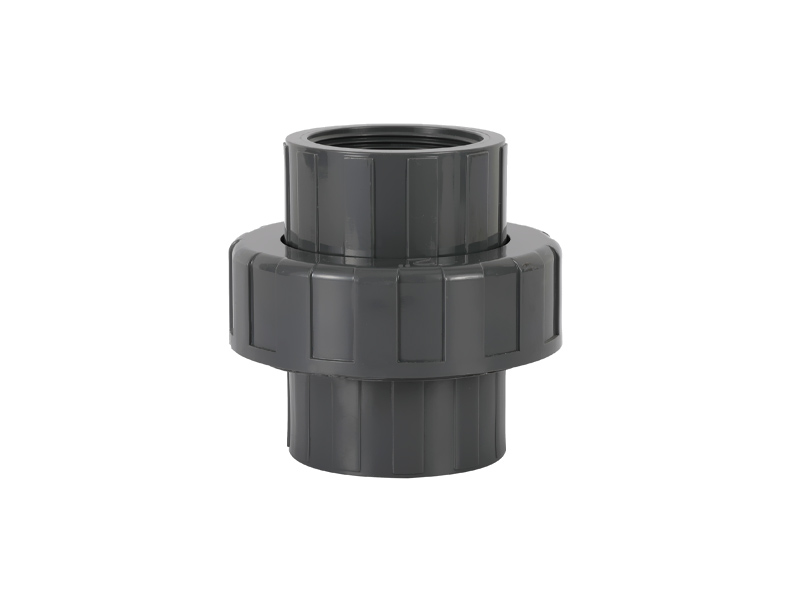

When it comes to flanges, many people may not be partic […]
When it comes to flanges, many people may not be particularly Pipe Fittings familiar with it. They may not be particularly familiar in our daily lives. However, it is very common in some pipeline projects. There are holes in the flanges and bolts make the flanges tightly connected. , The flanges are sealed with gaskets to prevent leakage. So what are the standards for flanges? What are their common types?
1. What is a flange
Flanges are also called flange plates or flange plates. Flanges are parts that connect pipes and pipes to each other and are connected to the end of the pipe. Flange connection or flange joint refers to a detachable connection in which flanges, gaskets and bolts are connected to each other as a set of combined sealing structure; there are holes in the flanges, and the bolts make the flanges tightly connected, and the flanges are used between the flanges. The gasket is sealed. This can play a very good sealing role. All connecting parts that are connected by bolts on the periphery of two planes and are closed at the same time are generally called flanges.
2. Flange standard
The production flanges generally have fixed standards, and the standards are also different in different countries and regions. For example, national standard: HG/T20592-2009; American standard: ANSIB16.5, ANS16.47 CLass150, 300, 600, 900, 1500; Japanese standard: JIS5K, 10K, 16K, 20K; German standard DIN2527, 2543, 2545, 2566, 2572 , 2573, 2576, 2631, 2632, 2633, 2634, 2638; Italian standard UNI2276, 2277, 2278, 6083, 6084, 6088, 6089, 2299, 2280, 2281, 2282, 2283; British standard: BS4504.4506
3.Flange material type
There are actually many types of flanges, some are based on the connection method, and some are based on the product material. A gasket is added between the two flanges and then tightened with bolts. The thickness of flanges with different pressures is different, and the bolts they use are also different. Our UPVC and CPVC use glue for bonding; FRPP uses welding rod for welding; PPH and PVDF have hot melt sockets and butt welding sockets.
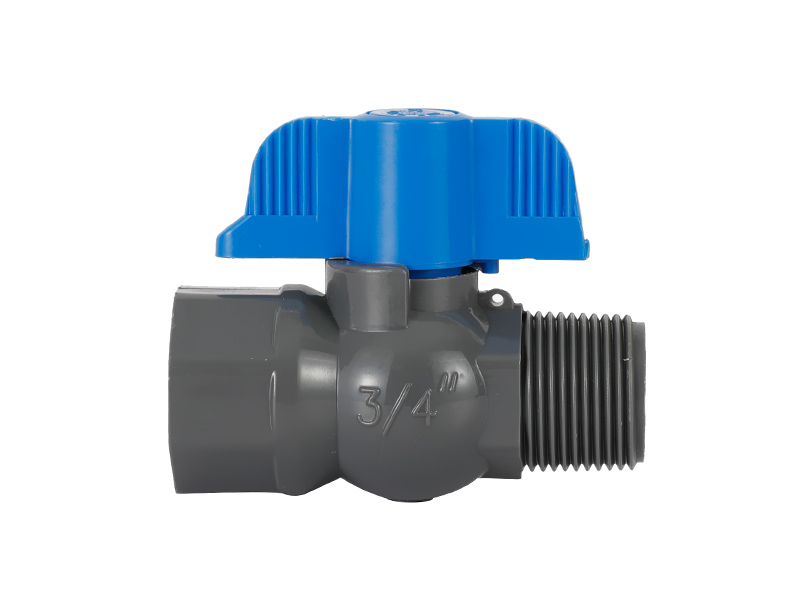
The male ball valve design is a key characteristic...
MORE >>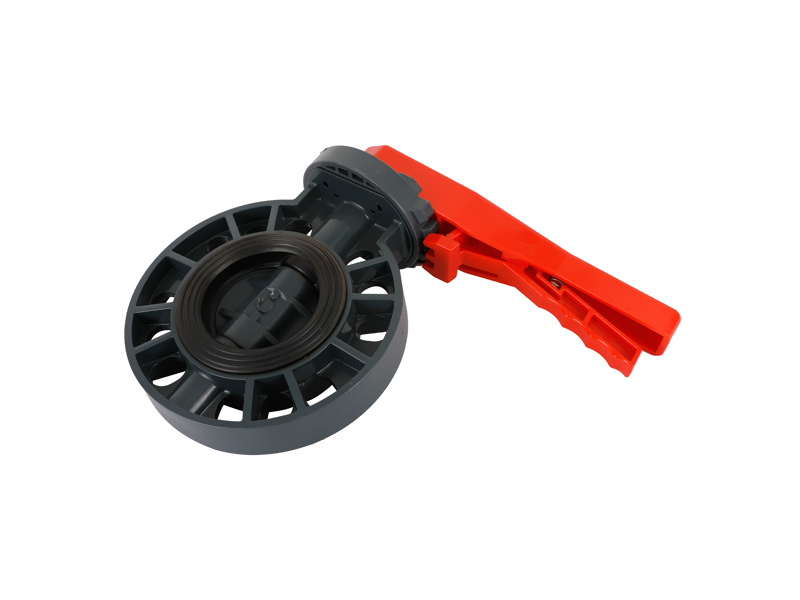
In today's modern world, efficient and reliable wa...
MORE >>
Copyright ©All rights reserved:Zhejiang Xier Plastic Valve Lead Co.,LTD. PVC Ball Valves Manufacturers Technical support: HWAQ  浙公网安备 33060402001174号
浙公网安备 33060402001174号

 English
English España
España عربي
عربي